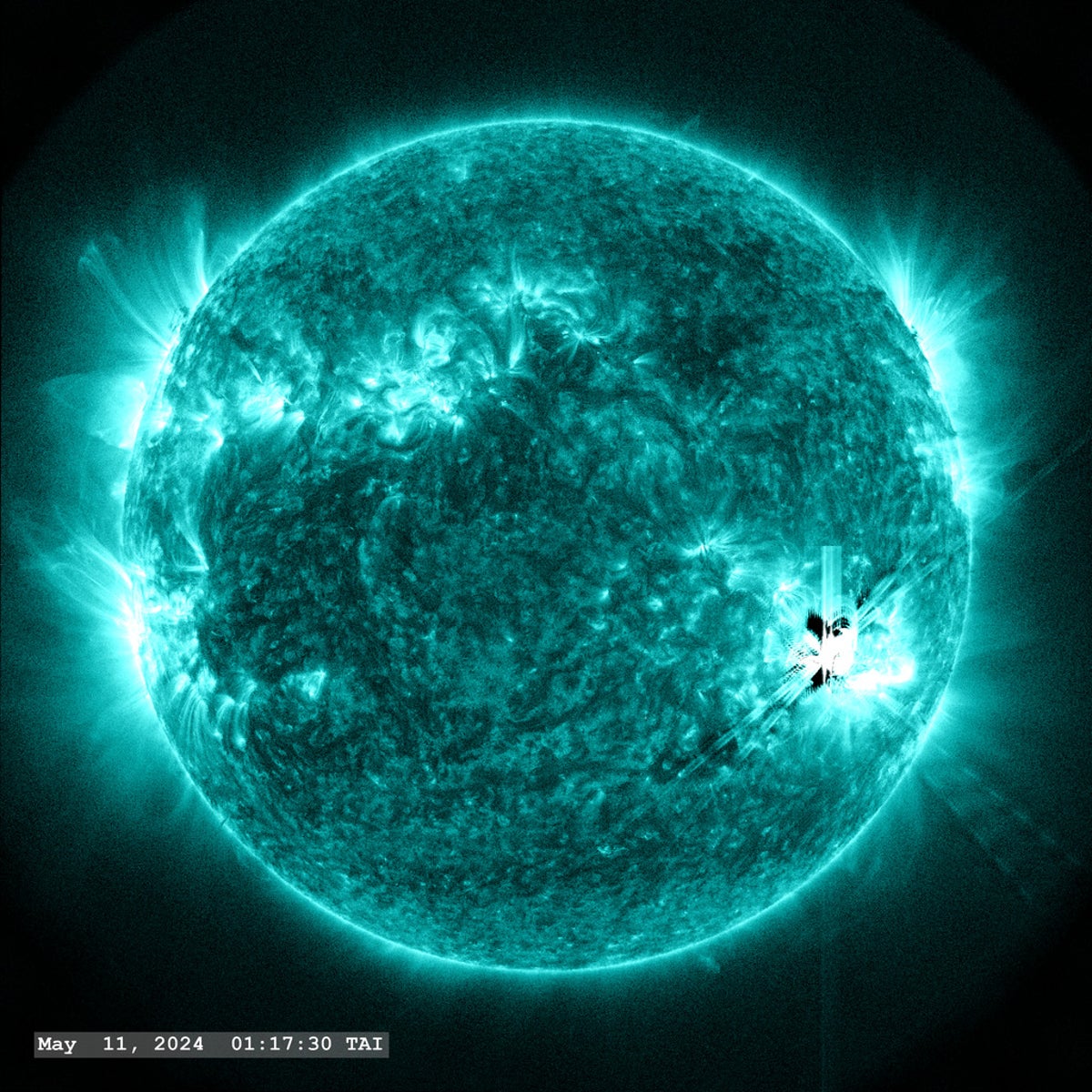
"People in the U.S. were treated to stunning auroras last week when a powerful geomagnetic storm pushed the celestial displays as far south as Florida and Mexico. The spectacle was particularly enthralling for Lisa Upton, who caught the skies over Boulder, Colo., glowing eerily red. Upton, a heliophysicist at the Southwest Research Institute, is an expert in forecasting the solar cycleour star's waxing and waning activity that sets the baseline for auroras and other space weather events."
"But solar activity is more complicated than the seeming simplicity of the solar cycle. Although sunspots are associated with solar outbursts, the declining phase of a solar cycle is often counterintuitively associated with more activity than a mere sunspot tally might suggest. Such activity, also known as space weather events, can include eruptions of high-energy light called solar flares, as well as coronal mass ejections, which are giant blobs of solar plasma and magnetic field blasted into space."
Powerful geomagnetic storms recently produced auroras across the U.S., reaching as far south as Florida and Mexico and turning the skies over Boulder, Colo., an eerie red. Lisa Upton, a heliophysicist at the Southwest Research Institute, specializes in forecasting the sun's 11-year cycle that sets the baseline for auroras and space weather. The official peak of Solar Cycle 25 occurred in October 2024; sunspot counts have slightly ebbed but remain relatively high, and numbers are expected to decline. The cycle's declining phase can nonetheless produce strong solar outbursts such as flares and coronal mass ejections that can damage satellites, disrupt communications and navigation, and threaten power grids.
Read at www.scientificamerican.com
Unable to calculate read time
Collection
[
|
...
]